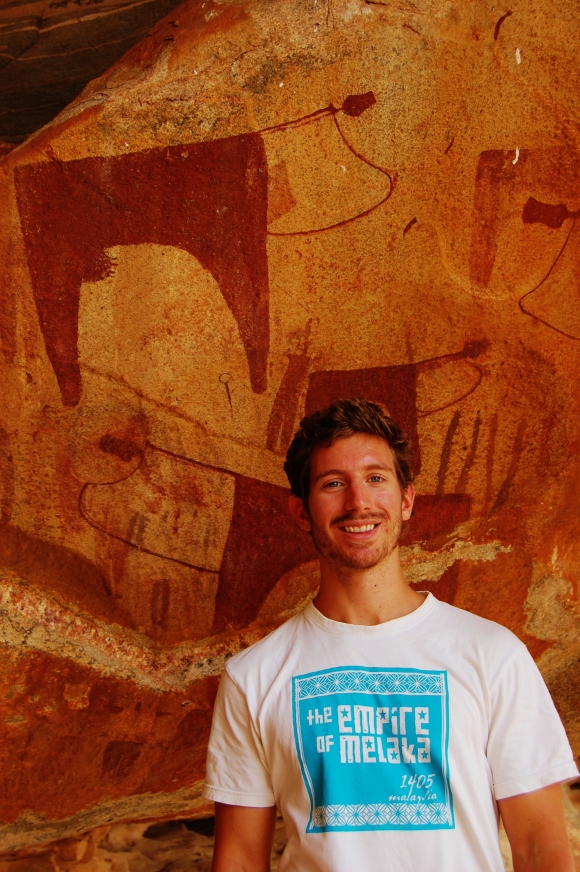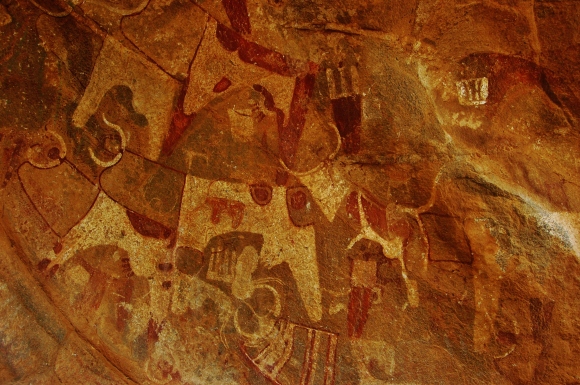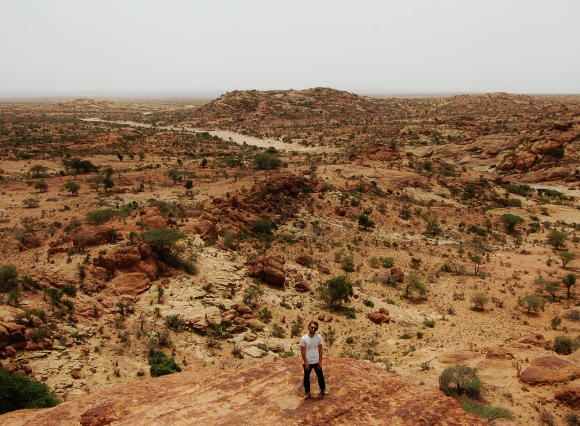Someone recently asked me about which sectors in Somaliland I thought might be attractive for potential investment. After all, frontier markets are rapidly gaining popularity amongst Western investors, from Myanmar to Nigeria. Particularly in Africa, there are so many different industries that seem promising – infrastructure, food and beverage, oil and minerals, and telecommunications. Private equity firms based primarily in London and Dubai have begun to zero in on neighboring Ethiopia, which has consecutively posted impressive GDP growth, has Africa’s 2nd largest population, and exports a wide variety of agricultural and mineral products.
Somaliland, however, has not received much attention from investors in comparison to other African countries. The ongoing instability and civil war in southern Somalia, as well as the maritime piracy industry off the coast of Puntland, has deterred many would-be investors from putting their money anywhere near Somalia. The few large-scale investments in Somaliland have mostly been funded by successful Somali businessmen from the diaspora.
Although not blessed with mineral wealth, arable land, or a large population, Somaliland does have a few sectors that might interest seasoned investors or savvy entrepreneurs.
Infrastructure is one major area. China, Ethiopia, and Somaliland have reportedly already signed a trilateral deal to expand and renovate Berbera’s port and build a sealed road all the way from Berbera to Addis Ababa. Ethiopia is one of Africa’s largest and fastest growing countries, but it is land-locked and relies almost entirely on Djibouti’s port for importing and exporting goods. Berbera is a deepwater port that could be very beneficial to both Somaliland and Ethiopia and would provide a competitor to Djibouti. In comparison to Ethiopia, the roads in Somaliland are horrendous. Most have not been repaired in decades and the road from Hargeisa to Wojaale (the Ethiopia/Somaliland border) is not even paved for the last 20 or 30 km. A smooth, sealed road all the way from Addis Ababa-Hargeisa-Berbera would vastly improve Berbera port’s importance and would provide a massive boost to Somaliland’s economy.
Although the infrastructure is in various states of decay, I believe the energy sector challenges infrastructure as the most badly-needed improvement for Somaliland’s economy. Power in Somaliland remains prohibitively expensive, and the country’s population pays close to $1 per kilowatt hour for electricity. To put that in perspective, Americans pay close to $0.12/kWh. Such a high price will guarantee that industry and manufacturing in Somaliland remain nascent and will prove to be a major impediment to expanding and diversifying the country’s economy.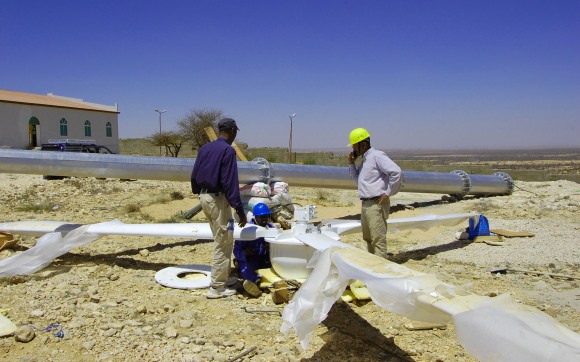 Working on the wind turbine to try and cut the school’s energy costs
Working on the wind turbine to try and cut the school’s energy costs
Why is the price of power so high? Years of civil war destroyed most of the country’s infrastructure, and Somaliland’s continued lack of international recognition has made it difficult to attract money from donors or companies interested in providing affordable energy solutions. There are no power plants here, and 100% of the power comes from expensive, environmentally-unfriendly diesel generators. Private generator owners charge neighbors exorbitant prices depending on their electricity usage, and it is not uncommon for households or small shops to pay per lightbulb!
The few power lines that run through Hargeisa sag languidly and only function to transport excess electricity from a large generator to neighboring houses and shops. Contributing to the dysfunctional, decentralized energy sector is the fact that diesel generators are expensive to operate. All diesel is imported from the Gulf. The boarding school where I live and teach has two generators – a small one for use in the daytime and a large, high-powered one used at night to power our security lights throughout campus. The school’s managing director told me that on average, we spend about $15,000 a year just on diesel for the generators! Our electricity expenditures will decrease, inshallah…
Our electricity expenditures will decrease, inshallah…
Recently, our school has built and installed a wind turbine to try and reduce our costs and environmental pollution. I believe the wind turbine is the first of its kind in this country, and we imported all of the parts from China (the 20 meter tall base, the actual blade, batteries, etc.) A prominent Somali engineer who lives overseas helped manage and oversee the construction of the project. The process was time-consuming – from pouring the concrete foundation to renting a crane to help set the 20 meter base upright to hooking up hundreds of high-voltage batteries.
Now fully functional and by far the tallest structure on campus, the wind turbine is expected to cover 90% of our energy usage, and should pay for itself within a couple of years. We will continue to use the generators at times when the wind is still or if there are any problems with the turbine. Xamse and Mustafe, posing in front of our 20 meter high wind turbine
Xamse and Mustafe, posing in front of our 20 meter high wind turbine
To me, a wind turbine seems like the perfect solution to the school’s energy costs. Located about 20 km outside of Hargeisa in an open valley, Abaarso is incredibly windy most of the time. However, wind energy is a bit more complicated than many people realize, and should ideally be paired with another power source to maximize its benefit. If you think of hybrid cars, for example, the most successful ones combine electric power with gas-fueled power. With wind energy, you need a back-up power source for times when the wind is not blowing, the batteries are not fully carrying the charge, or you want to fine-tune your electricity usage by increasing or decreasing the voltage.
One potential option would be to combine wind energy with hydroelectric power imported from Ethiopia. The Ethiopian government has spent close to $8 billion on various projects to dam the Nile River and generate electricity. Ethiopia has become a major producer of hydroelectric power and there are now talks of the country exporting power to neighboring countries in the region. Such an option for Somaliland, however, would require an enormous upfront capital investment which would certainly require external financing from an organization like the IFC or the World Bank. High-voltage cables would need to be laid from eastern Ethiopia to the Somaliland border, but I have heard price estimates in the ballpark of $90 million to complete such an initiative. This project would cut electricity prices drastically for Somaliland’s population of over 3 million, but remains a pipe-dream without international recognition or clear access to funding. Another alternative would be building a power plant that uses oil or coal and would service the capital city, Hargeisa, which is home to roughly half of Somaliland’s population. Building such a plant and revamping Hargeisa’s dilapidated electrical grid might cost in the neighborhood of $40 million and funding would also need to come from a variety of sources. At the same time, it could prove to be a great investment by monopolizing the country’s energy sector, providing power at a fraction of the previous cost, and making power affordable enough to encourage industry. Current power prices in Somaliland are prohibitively expensive for any kind of large industrial production.
Another alternative would be building a power plant that uses oil or coal and would service the capital city, Hargeisa, which is home to roughly half of Somaliland’s population. Building such a plant and revamping Hargeisa’s dilapidated electrical grid might cost in the neighborhood of $40 million and funding would also need to come from a variety of sources. At the same time, it could prove to be a great investment by monopolizing the country’s energy sector, providing power at a fraction of the previous cost, and making power affordable enough to encourage industry. Current power prices in Somaliland are prohibitively expensive for any kind of large industrial production.
Whatever the solution is, until Somaliland finds a more efficient way to provide power to its citizens, be it through a government-run energy monopoly or a private company, the country will face serious challenges in expanding its economy.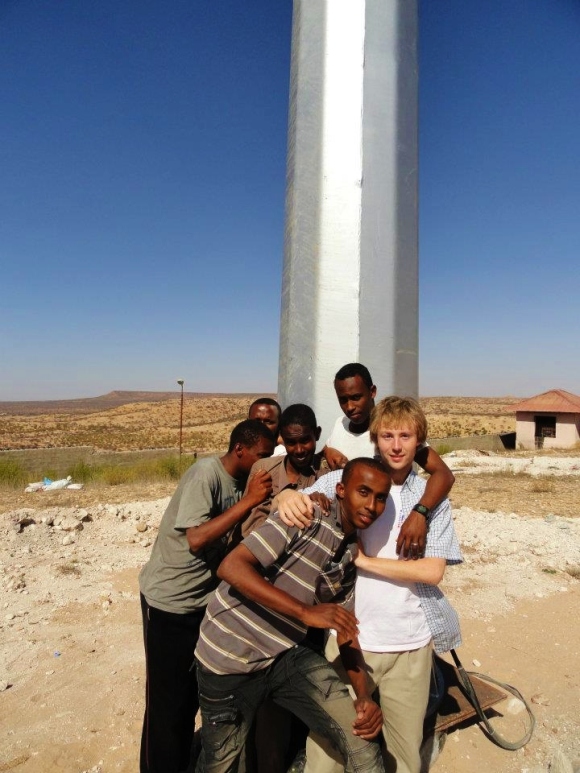 Moussa, Ismaciil, Maxamud, Xamse, Cabdikarim, and Mr. Siler
Moussa, Ismaciil, Maxamud, Xamse, Cabdikarim, and Mr. Siler
________________
With only about a month left in Somaliland, I have been busy booking flights, spending time with students, and taking care of other things I plan to do before I leave, I thought I would quickly post some photos from a trip I made yesterday to the Las Geel cave paintings. Located about an hour north of Hargeisa, Las Geel is one of the oldest pieces of rock art in Africa. Various estimates of the paintings’ age range from 5,000 – 10,000 years old. Amazingly, the site was only discovered around 2003 by a team of French archaeologists. The caves are in an empty, remote valley and provide spectacular views of Somaliland.
It was a great outing and we all had fun discovering the paintings, climbing the cliffs, and playing around with our guards’ AK-47s… One of our guards gazing out over the Somali flatlands
One of our guards gazing out over the Somali flatlands Me, enjoying the view
Me, enjoying the view